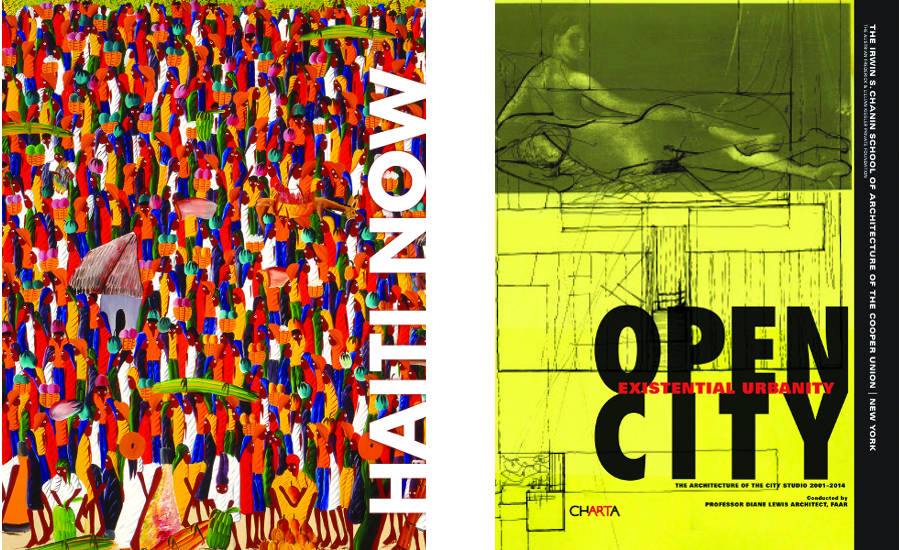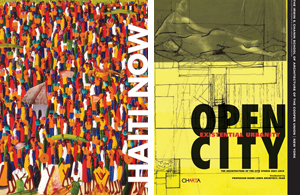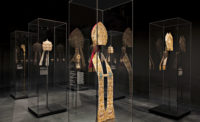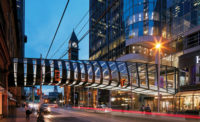Haiti Now, edited by Thom Mayne and Eui-Sung Yi. The Now Institute, 2014, 732 pages, $40 (paper).
Open City: Existential Urbanity: The Architecture of the City Studio 2001–2014, by Diane Lewis. Charta, June 2015, 368 pages, $75.
If you’ve ever felt like a slacker, neither of these books will help. You’ll know even before you open them—one weighs 4.4 pounds; the other, more than 7—that they represent thousands of hours of painstaking effort. Among their creators are the dynamos Thom Mayne (of Morphosis) and Diane Lewis (of Diane Lewis Architect), and students at the architecture schools where these practitioners somehow find time to teach.
Mayne’s book is the more accessible of the two, and deliberately so. In 2012, he assigned the members of his Suprastudio (a one-year master’s program at UCLA) to examine the problems of Haiti. Then, the Now Institute, a think tank headed by Morphosis principal Eui-Sung Yi, began compiling the students’ findings (and data from sources like the CIA’s World Factbook) into a 732-page “visual almanac.” Hundreds of terrific photos present a composite picture of Haiti, and the graphics (by James Janke and others) make statistical comparisons with other Caribbean countries compelling. But the book stops short of architectural solutions, focusing instead on problems—architectural, infrastructural, social, medical, technological, and environmental. “You have to understand the people and the culture before you can come in and recommend X, Y and Z,” says Yi, whose institute has several building projects planned for Haiti.
By contrast, Lewis’s book is all about solutions. For 35 years, she has been teaching the fourth-year Architecture of the City studio at Cooper Union in New York. Her goal is to give her students a chance to dream. “It’s the first time anyone asks them what they want to do as architects,” she says. Though specifics vary from year to year, the basic assignment is the same: design a meaningful civic institution, in a location that deepens that meaning. Among the projects her students came up with are a maternity hospital on the site of the World Trade Center (with large earthen breasts) and an institute melding science and religion in Rome, at the site where Galileo recanted. Most of the book consists of students’ drawings, texts, and models photographed in black-and-white from the last 13 studios. Interspersed are essays by Lewis, Cooper Union colleagues such as Peter Schubert and Dan Sherer, and outside critics Calvin Tsao and Roger Duffy. Barry Bergdoll, Richard Meier, and Lewis’s friend the humorist Fran Lebowitz also weigh in.
In fact, both books demonstrate the appeal—and limitations—of print. The Mayne volume begins and ends with timelines of Haitian politics, economics, and culture, displayed over multiple pages. In the Lewis book, architectural drawings as large as 6 feet by 6 feet are shrunk to fit. But to Lewis, it was essential not just to have a physical book, but one with the same dimensions (nearly 11 by 15 inches) as Mario Moroni’s Atlas of Urban History, published in Italy in 1963. She calls the result “a sensuous and gorgeous thing.” It is, but a digital version, not an option for Moroni, would let users zoom in on the drawings and models Lewis wants the world to admire.






Post a comment to this article
Report Abusive Comment